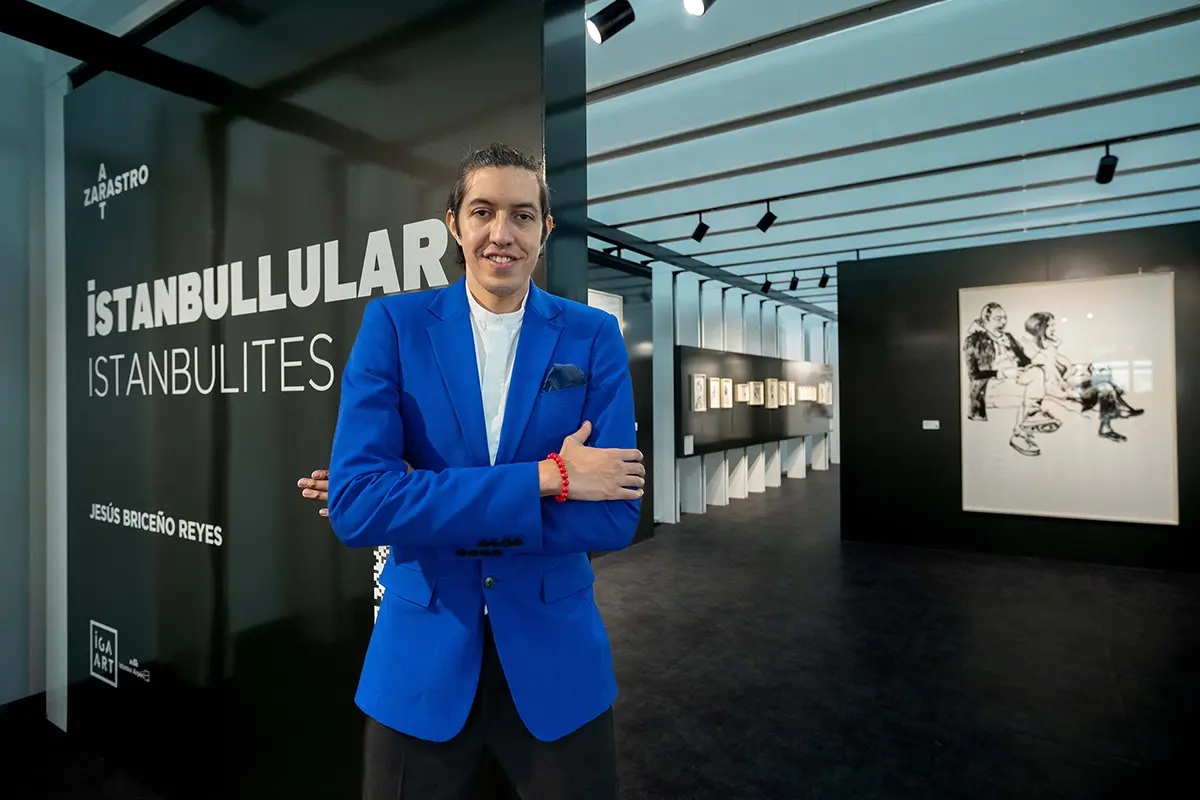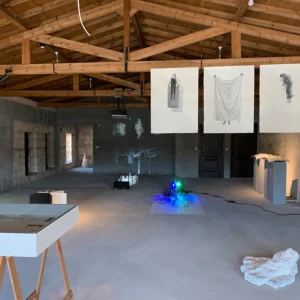In his solo exhibition presented by Zarastro Art at Istanbul Airport, Venezuelan artist Jesús Briceño Reyes invites the viewer to rethink the various identities, relationships, and interactions of Istanbulites, characterizing the daily human scenes encountered in the city. We sat down to discuss his insights in tandem with the show…
What are the core pillars of your artistic practice?
As an artist, my primary objective is capturing the essence of a subject or object and presenting it in a new context. I transform familiar figures into more unexpected, sometimes exotic forms, bringing out intriguing elements.
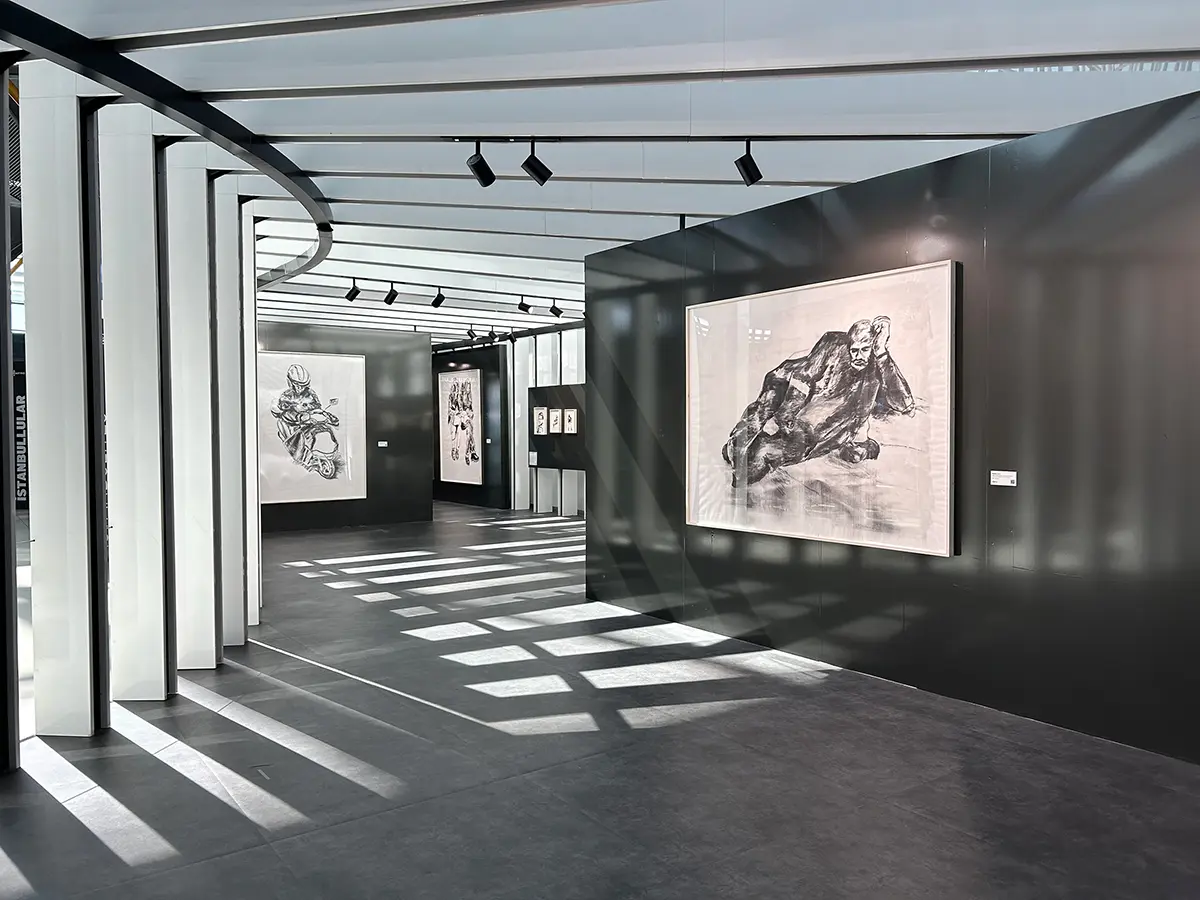
In our visually saturated world, capturing the essence of a figure and re-presenting it is very challenging. I avoid simple copying. By creating narratives and interpretations from my perspective, I leave room for viewers’ imaginations. This allows them to see familiar faces and historical figures in my works and participate in the artistic cycle. I also discover unexpected elements while transforming the reference image into something different.
One of the challenges I face is that some perceive my works as illustrations, much like the misinterpretation of Magritte’s “Ceci n’est pas une pipe”. It is crucial for me to give the material the space it deserves and create paintings with traditional tools because this approach offers a more profound, pictorial reading of my works.
Who do you look up to in the art world?
I look up to the masters. Leonardo da Vinci, Francis Bacon, and Armando Reverón shape my artistic expression.
When I look at these masters’ works, the depiction of light, the interaction of shapes, and the dynamics of shadows and contrasts captivate me. I admire their ability to study the human form and condition deeply, creating compelling narratives.

Leonardo da Vinci is celebrated as a genius for pioneering the depiction of humanity and its essence. Francis Bacon captivates me with his instinctive portrayal of human complexity, his nuanced exploration of time’s cycles, and his minimalist yet profound characterizations within imaginary realms. Armando Reverón, often hailed as a post-impressionist, distinguishes himself through his meticulous crafting of light and the unique identities he bestows upon his subjects. In Venezuela, he is revered as the father of light.
How would you describe Istanbul and its residents? Could you please share your observations with us?
Istanbul is a vibrant, resilient, and robust metropolis that never sleeps. It uniquely blends diverse cultures, enriched by its Byzantine and Ottoman heritage.
For me, it is essential that a city’s history and cultural energy are reflected in its residents. The people of Istanbul I observed embody a blend of gentleness and aggression, embracing both modernity and deep-rooted tradition simultaneously. These dualities are incredibly fascinating and add depth to the city’s already complex personality.

What inspired you to focus on the people of Istanbul?
During my tour to document the daily lives of diverse people around the world, I visited Istanbul in 2012. While attending the Contemporary Istanbul art fair, I had the opportunity to meet the Zarastro Art team at their booth.
In the spring of 2023, I returned to Istanbul for a longer stay. The Zarastro Art team visited my studio, and we began collaborating. Initially, we worked on a curated selection to launch their New Voices segment. Subsequently, the team selected the works for the “Istanbulites” exhibition, developed the curatorial framework, and applied to iGA ART at the Istanbul Airport. The Executive Committee unanimously accepted the project, marking the beginning of the exhibition process.
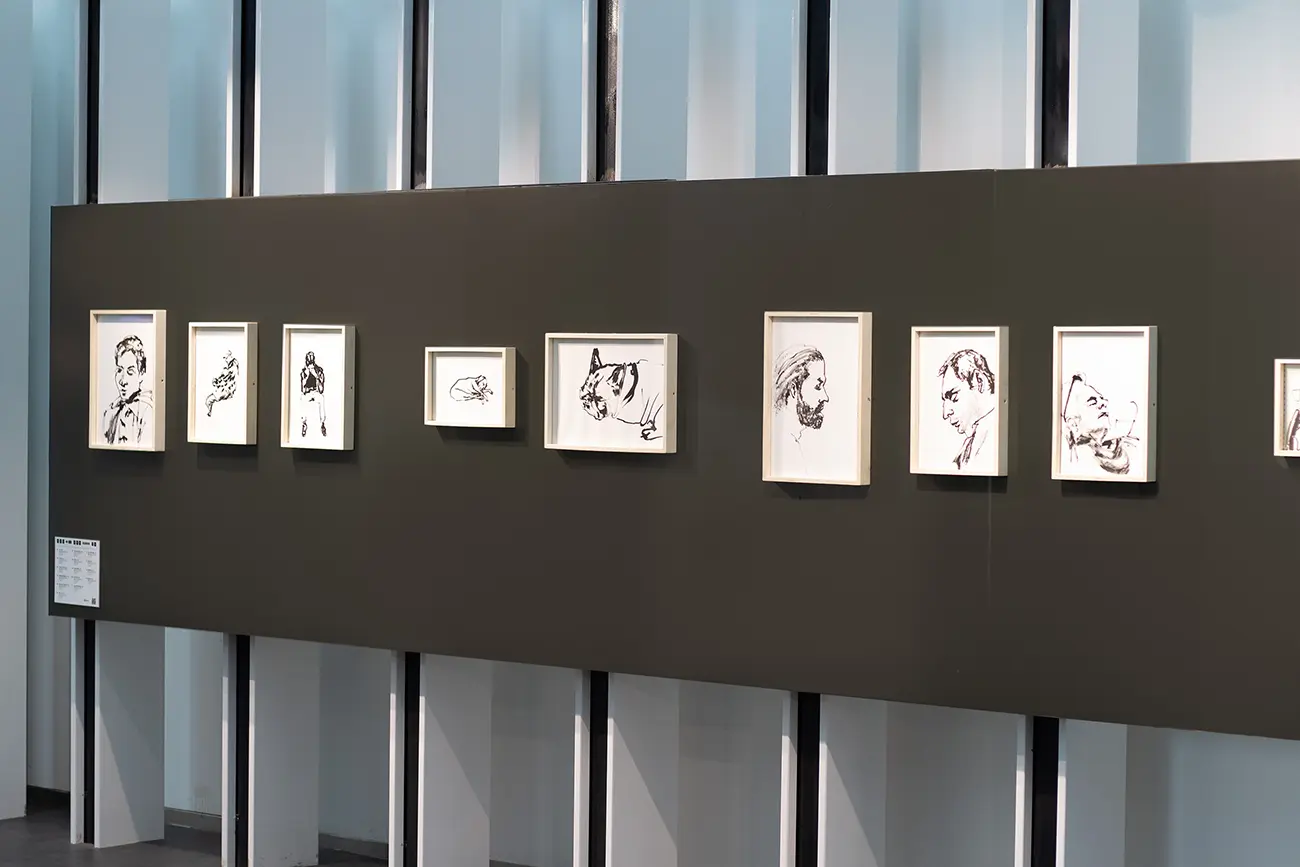
In “Istanbulites”, why have you chosen paper as your medium and opted for black and white for creating your works?
As an artist, my creative process begins with the materials I use. Istanbul surprised me with its abundant variety of materials, a stark contrast to the limited options available in Caracas. The size and quality of the paper, as well as the luster of the black acrylic paint I selected, were particularly striking. These discoveries ignited my creative drive from the outset.
As an artist, my creative process begins with the materials I use. Istanbul surprised me with its abundant variety of materials, a stark contrast to the limited options available in Caracas. The size and quality of the paper, as well as the luster of the black acrylic paint I selected, were particularly striking. These discoveries ignited my creative drive from the outset.
Conceptually, paper, as a delicate material, shows the fragility of Istanbulites. Despite being light as a material, it carries the weight of history and has been a canvas for humanity’s most important moments. I aimed to reflect the resilience and strength of the Turkish people through strong brush strokes on delicate paper.
I worked in black and white to better emphasize Istanbul’s contrasts. At the same time, I left blank spaces, inviting viewers to bring their own colors. A painting should transform into what the viewer sees in it. What is important to me is not just having the audience glance at my works, but engaging them and observing their interaction.
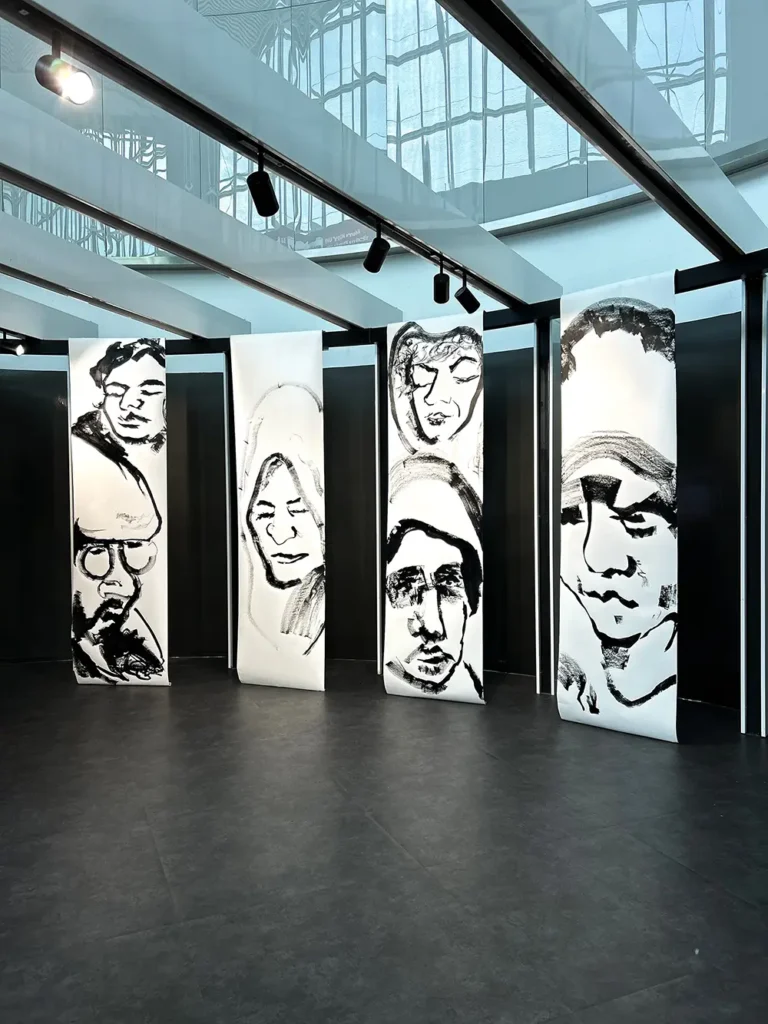
How did having your exhibition in a bustling location like Istanbul Airport, with high foot traffic, influence your creative process?
As an artist who believes that art should reach the masses, exhibiting my works at Istanbul Airport, where people from all over the world gather, is particularly important to me.
I created most of the works during my trip to Turkey in 2023, but completed one large-scale piece and an installation at the airport the day before the exhibition opened. Producing large-scale works in the energetic environment of the airport was tiring and stressful, but also impressive, and the resulting outcome was satisfying. It was fascinating that passengers watched my work like a performance during the production process.
I want to thank the Zarastro Art team, who worked diligently at every stage from planning to opening, and achieved excellent results despite all challenges. We receive positive feedback from viewers daily, which makes us very happy. ⬛

